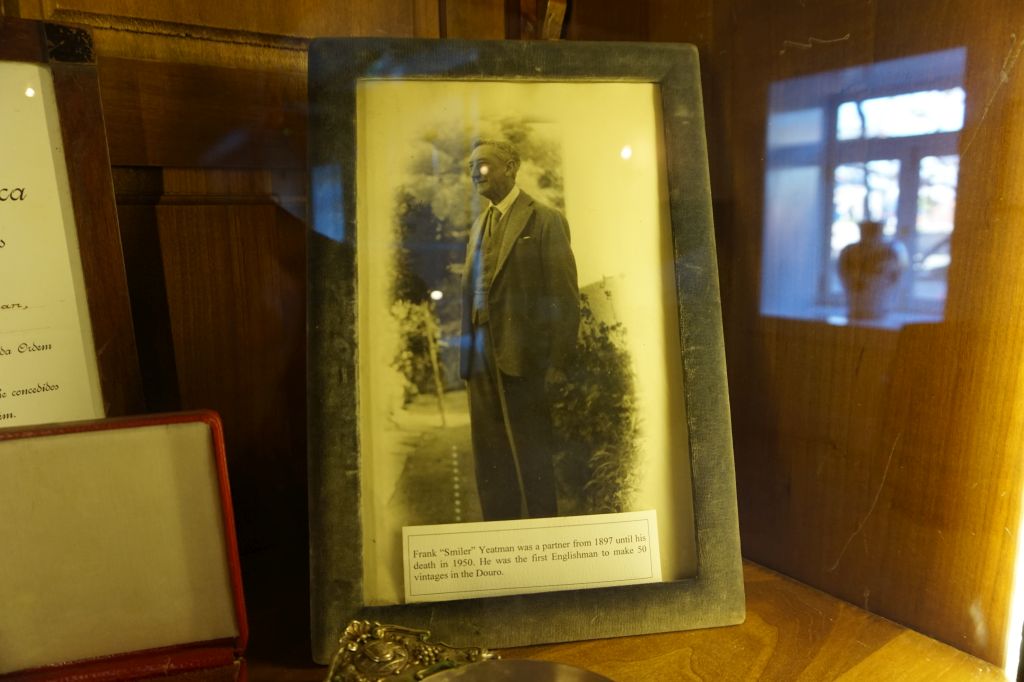At the beginning of the 1880s, the Douro region was slowly recovering from the devastation caused by the rhubarb, and around 1900 it was already trading briskly again in Porto.
Port consumption continued to grow until 1920 and subsequently in the war years. Vintage Port acquired the mystique of the best wine, and it was during this period that many traditions and rituals associated with it were created. The taste of port wine continues to spread and the Netherlands, Belgium, Denmark and Norway have become important markets. Success in business brought capital for the wine houses of merchants and they were able to improve the style and quality of their wines, as well as the background for trade.
The Great Depression of 1930 affected Port sales, but revived again in the second half of the decade. Younger wines became popular in France as an aperitif.

In 1930, three times more Port was exported to France than in the previous decade. It has thus become the most important market in terms of export volume. In Britain, on the other hand, there has been a wave of interest in quality vintage port wines. The first half of the 20th century made it possible to create a series of excellent vintages, which then helped to strengthen the reputation of leading wine houses such as Taylor, Fonseca and Croft and thus spread awareness of these historic brands.
The 1930s witnessed the production of the first white port – Taylor’s Chip Dry, in 1934.
Meanwhile, in 1933, the Portuguese government set up new organizations such as the Instituto do Vinho do Porto (IVDP) to oversee and regulate the Porto wine trade, as was the case 177 years earlier under the Marquis of Pombal.

The only place for merchants where Port could be sold was defined – Entreposto in Vila Nova de Gaia. Here, the wines were inspected and records kept, which were exported or sold from here in Portugal.